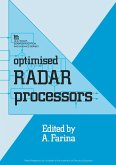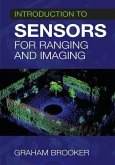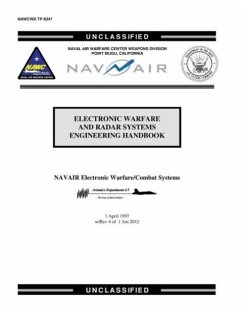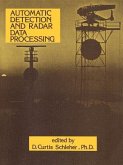The Pocket Radar Guide is a concise collection of key radar facts and important radar data that provides you with necessary radar information when you are away from your office or references. It includes statements and comments on radar design, operation, and performance; equations describing the characteristics and performance of radar systems and their components; and tables with data on radar characteristics and key performance issues. It is intended to supplement other information sources (see below) by providing a pocket companion to refresh memory and provide details whenever you need them such as in meetings, while travelling, or in the field. Table of Contents: Radar Concept; Frequency; Antennas; Transmitters; Receivers and Signal Processors; Waveforms; Radar Cross Section; Radar Equation; Detection and Search; Measurement and Tracking; Clutter; Atmosphere, Rain and Ionosphere; Decibels (dB); List of Symbols
Hinweis: Dieser Artikel kann nur an eine deutsche Lieferadresse ausgeliefert werden.
Hinweis: Dieser Artikel kann nur an eine deutsche Lieferadresse ausgeliefert werden.

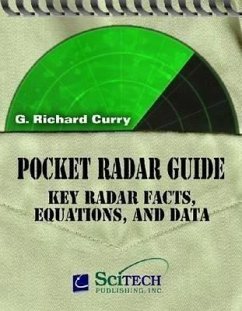
![Understanding Synthetic Aperture Radar Images [With CDROM] Understanding Synthetic Aperture Radar Images [With CDROM]](https://bilder.buecher.de/produkte/52/52641/52641860m.jpg)

